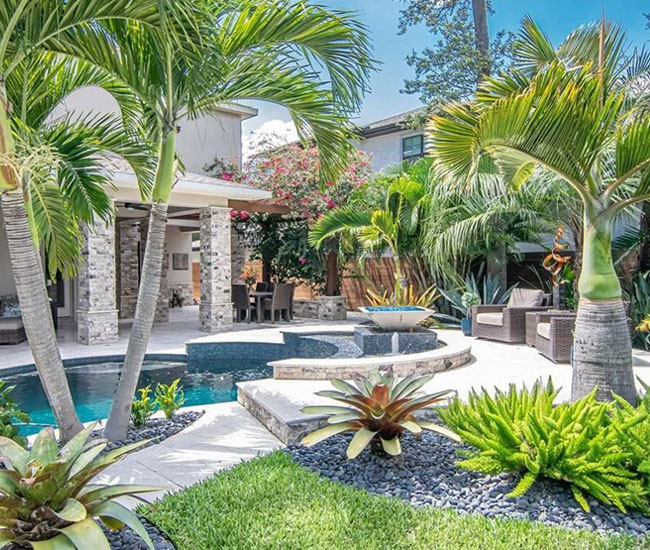
There are many ways to use palm trees in your landscape design. They can provide screening, cast shade, cover the ground, or climb into tree canopies. They can serve as a small accent or be the dominating theme of the landscape.
With their wide range of sizes, you can find palms for any landscape situation. Palms can work as solitary specimens, as well as in small groupings.
When combined with other plants, many palms stand out. On the other hand, some palms are better suited as a backdrop for plants with unique color or form.
Palms are adaptable to either formal or informal landscapes. Use them in the garden to create a unique theme. Before purchasing palm trees, plan your landscape design to help you visualize the end result.
Start by measuring existing features in your landscape and the spaces between them. Use paper to mark out those distances to scale them down. Don’t forget to add any plants you already have in the ground.
Next, research the palms you like and see if their size will work for the areas you are considering. Also, see if the palm species you picked fit with the style of your garden.
Finally, think about other plants that will complement the palm trees in your design. A little bit of homework will go a long way.
How to Landscape With Palm Trees
With so many species, palms can be used in various ways. They offer a canopy for shade, create a privacy screening, or serve as an accent or focal point. While some grow best in hot sun, others thrive in dark shady areas.
Some species can tolerate dry sandy and rocky conditions, while others do better in wet conditions.
There are palms that grow well when exposed to salt and others that are intolerant of salt.
Creating Shade With Palm Trees
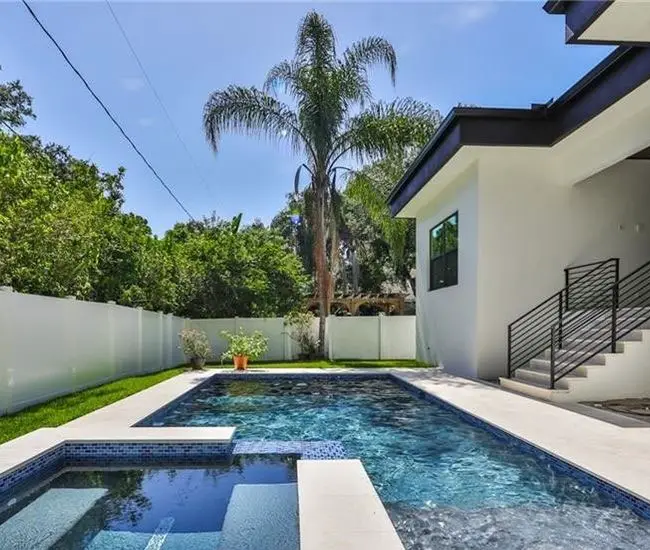
Some palms can create a wonderful shady canopy, often referred to as ‘canopy palms.’ These palms are fast to moderate growers capable of casting shade over a diameter of 20 feet or more.
When planting multiple palms for shade, space them out about 12 to 15 feet apart. If they are too close together, they will bend away from each other as they grow, creating a graceful arch.
After the canopy is formed, you can plant shade-tolerant plants underneath. Some palm species that are great for shade include Kentia, King, Queen, Royal, and Christmas palms.
To achieve a more naturalistic feeling, plant palms of different heights at random distances.
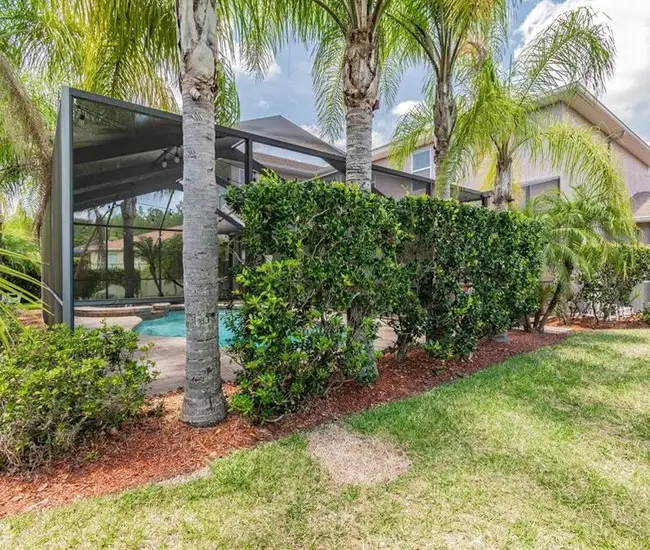
Creating Privacy Screening With Palm Trees
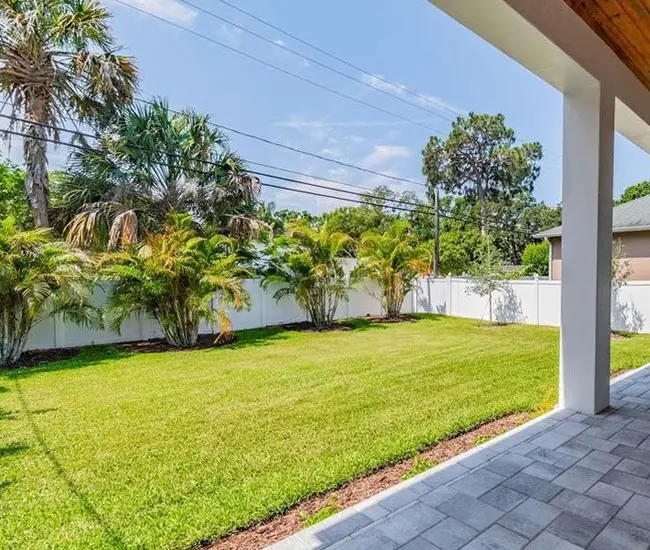
Palms are rarely used for privacy screens or hedges, but some species are well-suited for these purposes. Areca palms and Lipstick palms have long been used as screens or hedges in South Florida.
Many other palms with multiple trunks work well too. Cat palms and Paurotis palms create excellent screening. Other popular palms used for screening include Needle, Lady, and Seashore palms.
You don’t need to use them as a single species in a long row. Instead, mix different species and leaf types for a more casual appearance.
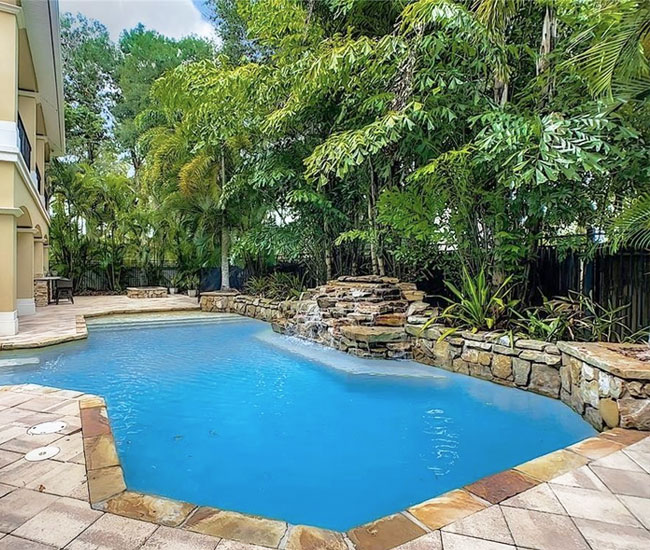
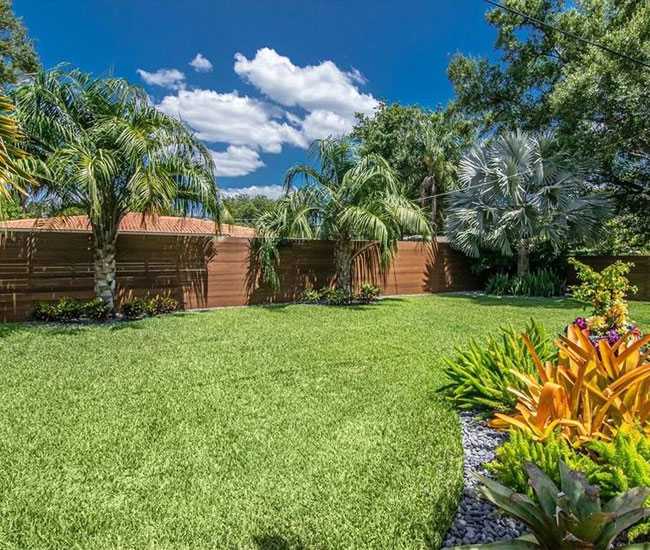
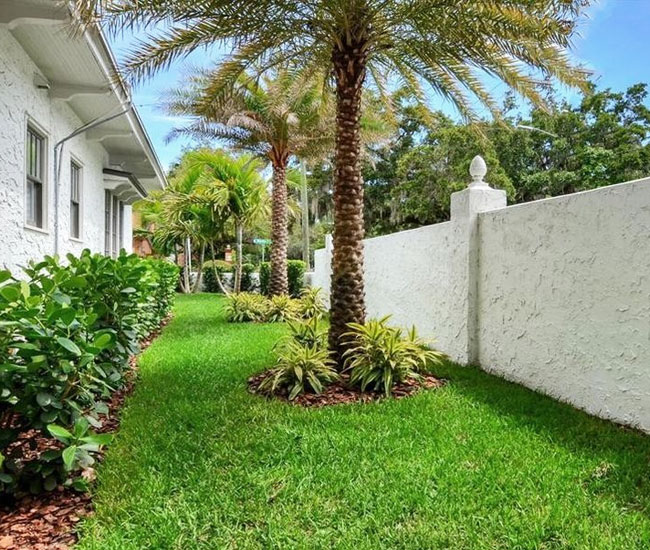
Palm Trees Perfect for Accent Planting
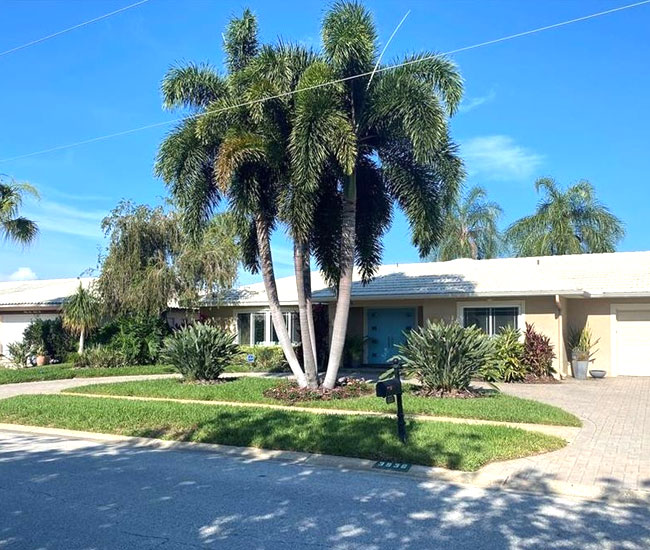
If you want to create a focal point in your yard, consider large palms that have a dramatic effect, such as Bismarck or Bailey palms. For smaller spaces, try smaller species like Bottle, Blue Latan, Pindo, or Spindle palms.
You can also use these palms in groupings of three or more to enhance the dramatic effect or scatter them throughout the yard to tie the entire landscape together.
To draw more attention to the palms, plant them closely together, making them appear as if they arise from a single root zone. I recommend using an odd number of plants in a group rather than an even number.
Some palms that are great for clustering include Carpentaria, Foxtail, Coconut, Guadalupe, Princess, and Royal palms.
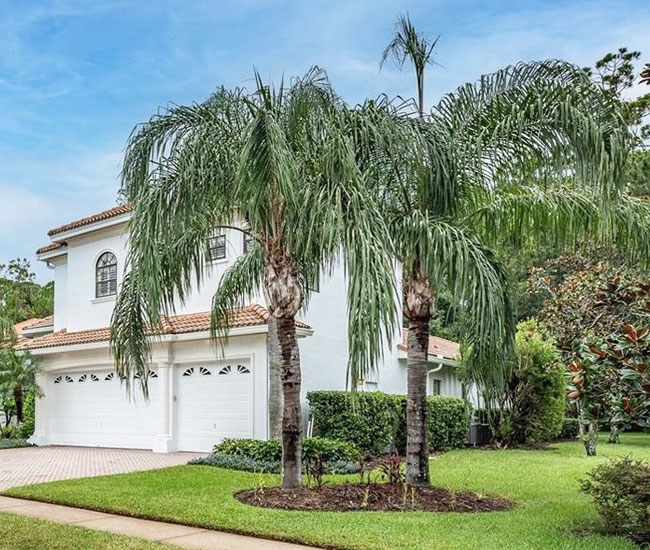
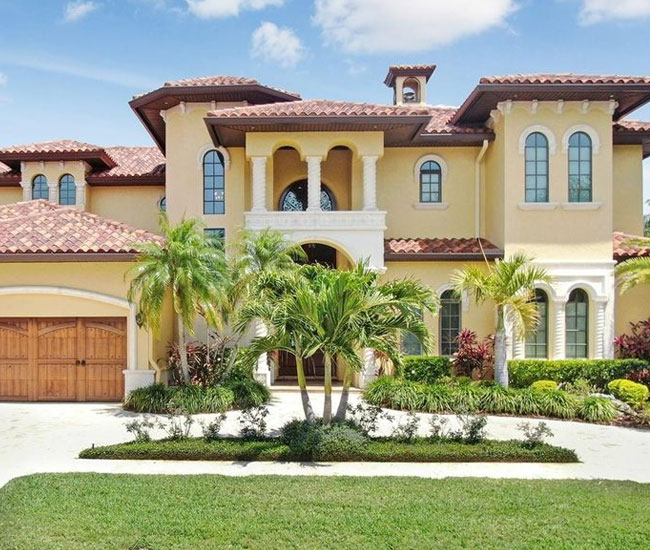
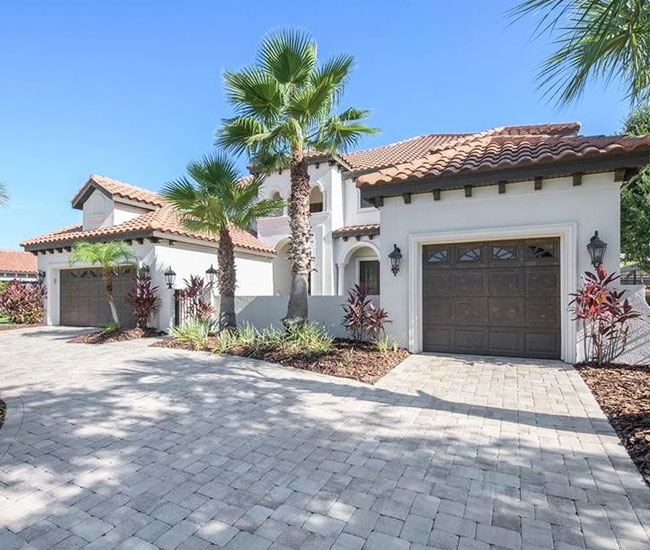
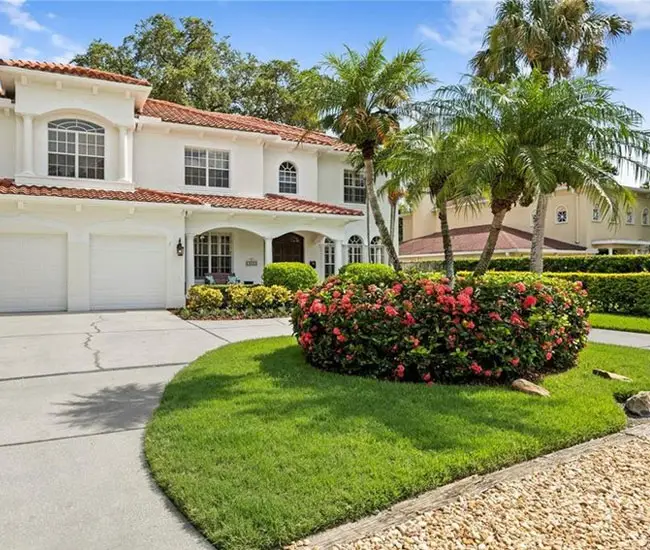
Mixing Palm Trees With Different Leaf Types
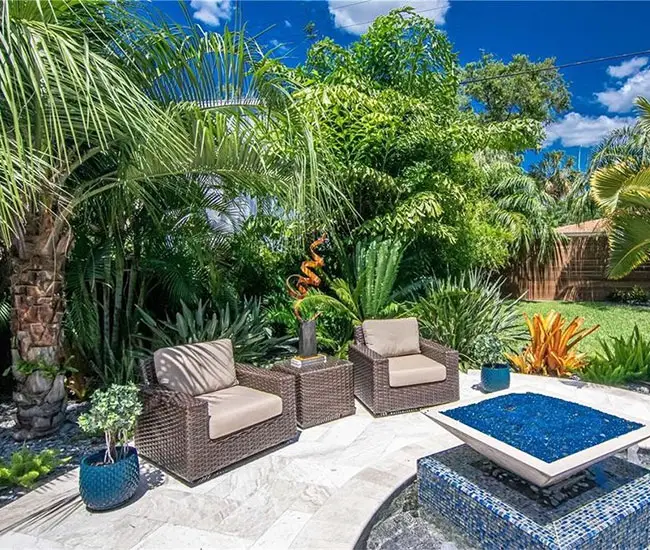
To add flair to your landscape, mix fan-shaped palms with feather-shaped palms. A grouping of Princess palms with several smaller Ruffled Fan palms underneath is a great combination.
Another mix that I like is Kentia palms with Chinese Needle palms planted beneath. For more visual interest, you can plant large fan palms close to large feather palms.
Using Container Palm Trees
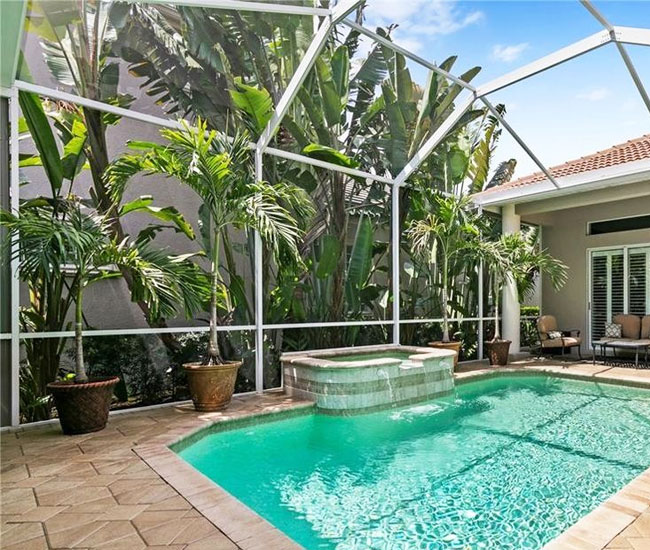
Some palms look attractive in containers on patios, porches, or around pools. Don’t forget, that the same soil, light, temperature, and moisture requirements apply to potted palms as they do to in-ground palms.
Choose slow-growing palms, as fast-growing palms will quickly outgrow containers. After two to four years (depending on the species), repot them into a larger container.
If the plant gets too big or it’s too hard to find an even bigger pot, plant it in the ground.
Creating Formal or Informal Landscape Design With Palm Trees
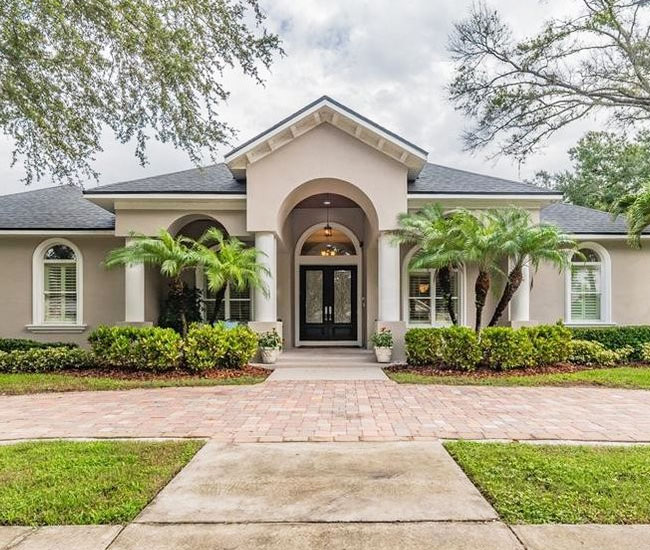
Palms are great for creating formal or informal gardens. In a formal garden, they add an element of grace and elegance offering symmetry, squared-off hedges, and straight lines.
For formal settings, palms with straight trunks and evenly spaced full crowns are an excellent choice. They can elegantly soften building corners or accentuate entrances.
Moreover, they serve as ideal framing elements on both sides of pools and patios, while a driveway flanked by Royal palms exudes magnificence.
On the other hand, if you’re aiming to create an informal tropical ambiance in your garden, palms are equally adept.
An informal tropical garden embodies a naturalistic landscape, characterized by a diverse mix of plants and flowing, curved lines.
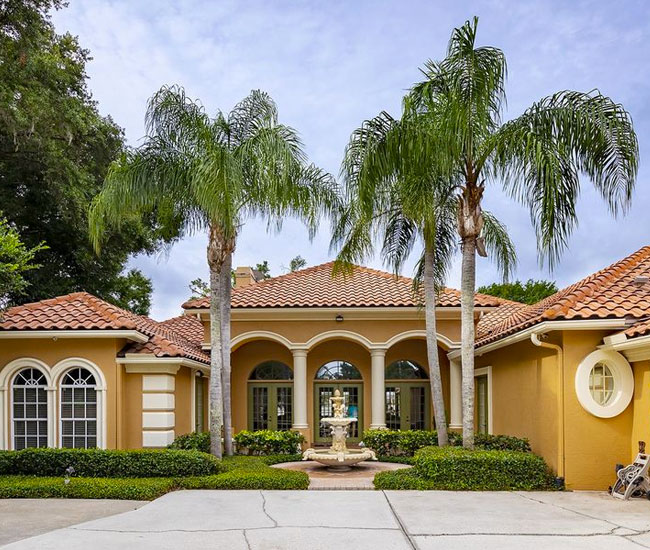
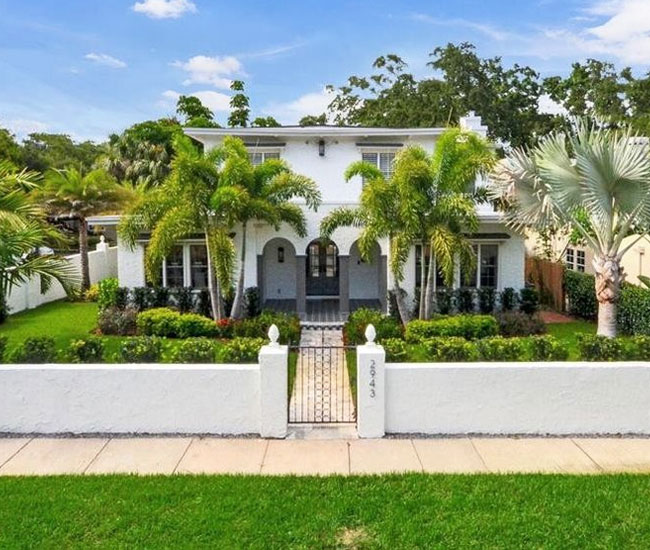
Mixing Other Plants With Palm Trees
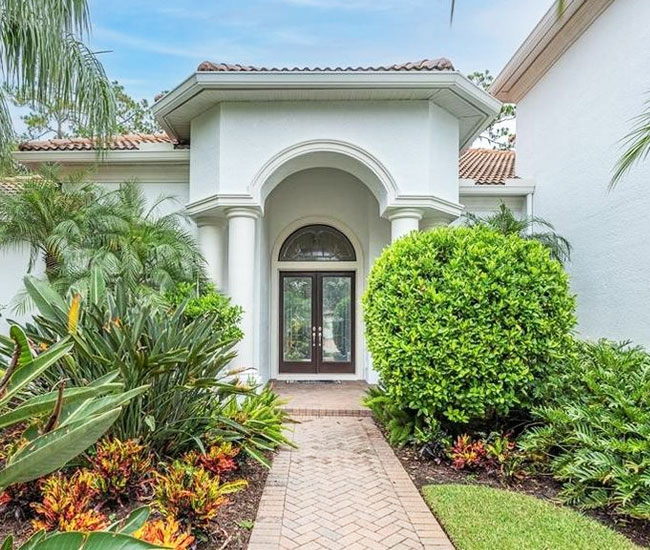
A garden consisting solely of palms can be beautiful, but palms combine well with other tropical plants. Use both needle and broadleaf trees, shrubs, and ground covers alongside palms to showcase all the elements of the landscape.
A mixed canopy of palms with other woody plants creates a more natural display that resembles the palm’s native habitat.
Both herbaceous and woody plants can add texture and color to a garden. Utilize them as focal points or fillers to enhance the palms they accompany.
Heliconias and gingers add unique flowers and foliage, creating a backdrop for an accent palm. Ferns of various shapes and sizes will introduce softness to a garden.
Philodendron, elephant ear, and anthurium display distinctive leaf shapes and colors that harmonize beautifully with palms.
Cycads, often confused with palms, are a great addition to the landscape. A mass planting of cardboard palms beneath a grouping of coconut palms or palmettoes creates a stunning display.
Don’t overlook ornamental grasses like Muhly or Fakahatchee grass. They are ideal for mass planting under tall palms. Spathoglottis ground orchids make wonderful small accents or groundcover plants around palms.
Use colorful foliage and blooms as strategically placed splashes of color. Angel’s trumpet (Brugmansia), golden trumpet (Allamanda), bougainvillea, gardenia, flame of the wood (Ixora), and Bangkok rose (Mussaenda) are among many flowering vines and shrubs that complement palms and enhance their appearance.
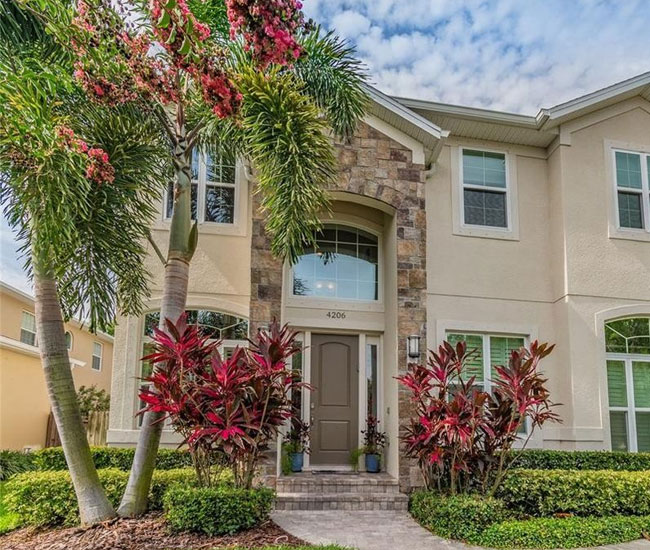
Creating Theme Gardens With Palms
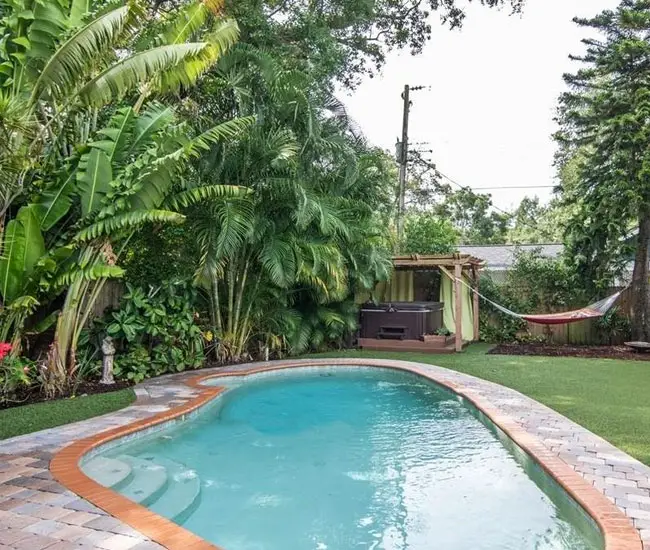
A theme garden uses a narrow list of plants from a certain region to create a unique garden. One of the benefits of theme gardens is that plants native to one region generally have similar water, soil, fertilizer, and temperature requirements, which makes maintenance much easier.
To create a South Sea theme garden, you can use Princess, Red Feather, Ruffled Fan, Coconut, and Fiji Fan palms in combination with wood ferns (Dryoptetris), elephant ears, gingers, and cordylines.
For a Caribbean theme garden, use palms native to that area like Cuban Wax, Royal, Thatch, Cabbage, and Buccaneer palms. The associated plants can include bougainvillea, paradise tree (Simarouba), oak (Quercus), gumbo-limbo (Bursera), anthurium, and plumeria.
A rainforest-themed garden can be created by using plants that come from the same type of environment rather than a specific region. A less specific example would be a tropical garden, which can be easily created with tropical-looking plants that have similar growth environments.
